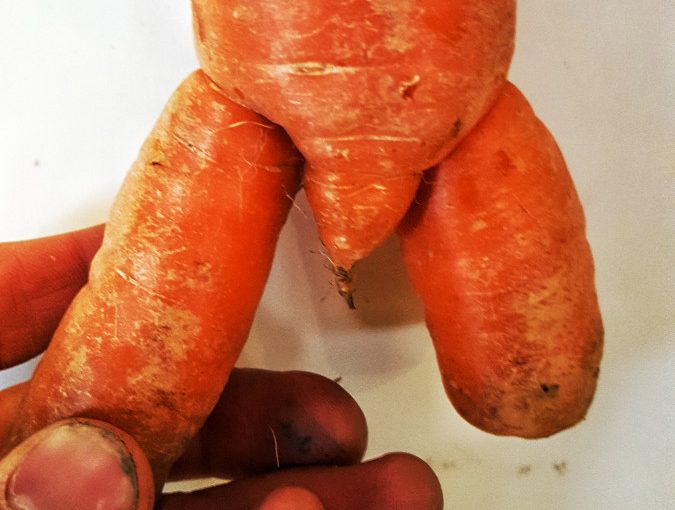What does it mean to eat with awareness?
Is it simply eating all locally sourced organic and seasonal ingredients?
Is it eating in a community, around a table, and in gratitude?
Is it eating on the edge of your seat on high alert?
It could be any of those things and much more, and there is no one way to eat with a conscience, with intention, with gratitude, and in harmony with the Earth.
My motive here is to be an ambassador for a new and ancient story of connection to our cuisine, our culture, and our community. I believe that what, when, where, how, and why we eat all speaks to our values as individuals, as members of a human family, and as inhabitants of our greater ecology.
We are not just what we eat, as the old adage goes, we are what we absorb and the stories we author along the way.
Not all food is created equal. All food has a story to it, and that story becomes part of our story at every intersection. The difference between your average sandwich and your average pie is obvious at the surface, but what happens when you bring into your awareness the story that each of those foods is connected to?
Let’s say, hypothetically…
That this sandwich consists of freshly baked sourdough bread whose starter yeast has been a living, breathing family member for 4 generations. The flour was hand-milled from the neighbor’s backyard wheat nursery. The salt in the dough was harvested by hand from the Puget Sound and dehydrated in the same building you are eating it in. The water used to mix the dough is from an untouched underground aquifer, rich in minerals, free from any city pollutants. It was kneaded by an artisan baker famous for her lovely loaves. (Did you know that all sourdoughs change based on the unique bacteria present on the kneader’s hands?) The bread is then buttered with organic, grass-fed butter toasted over an open flame fueled by cherry and applewood…
We haven’t even got to the ingredients of the sandwich yet, and already my mouth is watering.
This is, of course, a great exaggeration of a tale, but the difference is clear. This special bread with a story and the sandwich it encloses is going to taste much different than if this sandwich was book-ended with two soggy pieces of wonderbread… Would you dare put some Oscar Meyer bologna between the slices of heavenly sourdough? How about some Kraft American cheese? Would you rather have some local pasture raised chicken marinated overnight in all your favorite oils add spices? Assuming the cost of money, time, energy, and effort are equal, I can’t imagine anyone choosing the manufactured over the handcrafted.
Of course, the quality of our food is highly dependent on the amount of energy we put into it. This is where the story comes in. I think the most obvious barrier in the modern quest for quality food these days is money. I have a lot of compassion for those individuals and especially families that have a major cost prohibition to getting wholesome and healthy edibility in their lives. I can still remember the days of switching off between ramen noodles and the most generic pasta possible sprinkled with cheap cheese and garlic salt, just to make it palatable.
The reality though is that quality food with a story worth telling doesn’t have to cost an arm and a leg in the cash department. When we are exchanging value in the food world, this can come in the form of proportionate effort, energy, and time. We can grow a some of our own quality food for little more than a few bucks in seeds, a planter box, and effort/energy over time. If this sounds like too much of a stretch, there are plenty of work-trade opportunities on farms, where for a few hours of work, you can go home with a basket full of fresh, seasonal produce. If you want to invest in a farm through community supported agriculture (CSA), you can pay a fixed amount per season in exchange for a box of produce on a weekly, bi-weekly, or monthly basis. This is a cost-effective way to mitigate the costs of healthy food and a great way to support the local farms along the way.
At Hawthorn Farm, we offer a weekly farm day every Wednesday where people can spend the day (9-2) with us working on choice/passion-based seasonal farm projects. We then have a feast from only farm-sourced ingredients at 2 o’clock. This meal is like having the most legendary Thanksgiving every week. I am always in awe what we are able to put together from the fields every week, especially now that we are at the tail-end of the growing season. How many people experience meals from ingredients that were harvested that day from within 50 yards of the table? How many people have eaten an animal they killed with their own efforts that morning and butchered just in time for lunch? I imagine not that many people in our culture don’t experience that in their lifetime, let alone on a weekly basis.
Our common ancestors were experiencing these types of relationships on a daily basis and it is a significant part of our human heritage and our survival as a species. Humans are the only animals to experience such immense disconnection to the story of their food.
My efforts here at Hawthorn Farm are in support of this quest of what, where, when, how, and with whom we eat and why that matters.
Stay tuned…
Stay aware…
Stay fed…
All the natural things,
Keith
